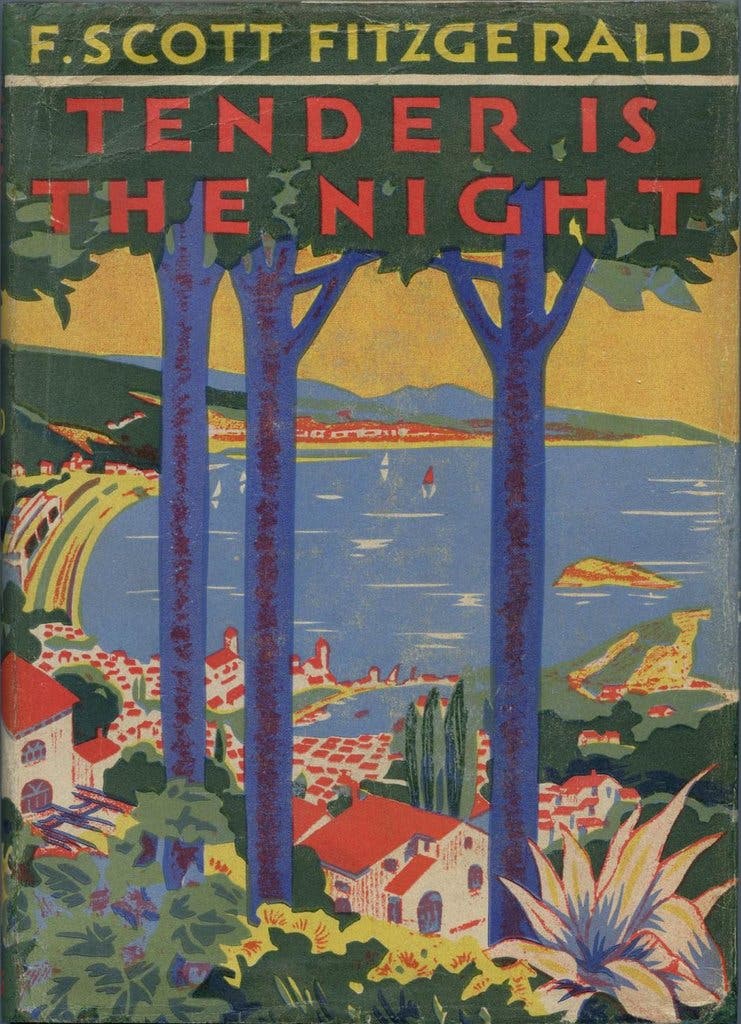Some Sunday Stuff: October 17th.
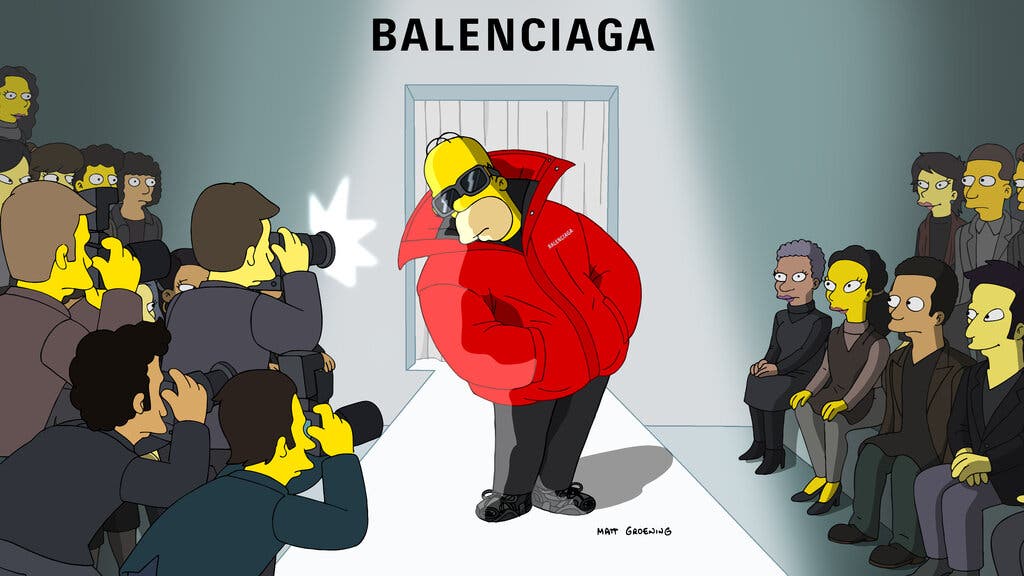
Long time, no post. How are you? I’ve been okay, on this, the 4, 372nd day of the panderama. Or something. All I know is that when I went out wearing a jean jacket earlier, it was actually appropriate. So… there’s that. Anyway, to the posts shall we? First, this little delicious nugget of Simpsonia from The New York Times:
Clapping, whispering, cameras snapping, questionable music: These are the sounds of a classic fashion show. Bursts of laughter? Those are less common.
Yet several were heard last Saturday night, rolling around the 19th-century Parisian theater where the great and storied house of Cristóbal Balenciaga skipped the traditional catwalk and screened a special 10-minute episode of “The Simpsons.”
It was a surprise more than a year in the making, and the result of a sometimes grueling collaboration between two exacting creative entities known for their attention to detail. So far it has been viewed more than five million times on YouTube.
In the episode, Homer writes to Balenciaga (“Dear Balun, Balloon, Baleen, Balenciaga-ga,” he says as he struggles to pronounce the famous fashion name) for Marge’s birthday, explaining that his wife has always wanted to own something by the brand.
He asks for the cheapest item, which the Balenciaga team interprets as “just one of those American gags nobody gets” and sends him a dress that costs 19,000 euros. After wearing it briefly, Marge returns the dress with a note saying she’ll “always remember those 30 minutes of feeling just a little special.”
Back in Europe, the Balenciaga artistic director Demna Gvasalia declares her note “the saddest thing I’ve ever heard, and I grew up in the Soviet Union. This is exactly the kind of woman I want to reach!” He then travels to Springfield and decides to “rescue” the “style-deprived” by inviting them to model his clothes in Paris, explaining that he wants “the world to see real people in my show.”…
The collaboration began in April 2020, when Mr. Gvasalia sent the “Simpsons” creator Matt Groening an email about working together.
Mr. Gvasalia, 40, who was born in Georgia and watched the show when he was growing up, said the idea came to him during the first lockdown of 2020. He has a penchant for inserting Balenciaga into mass-market trends: Under his direction, the brand has collaborated with other American sensations, like Crocs and Fortnite.
About “The Simpsons,” he said, “I always loved the tongue-in-cheek humor, the romance and the charming naïveness of it.”
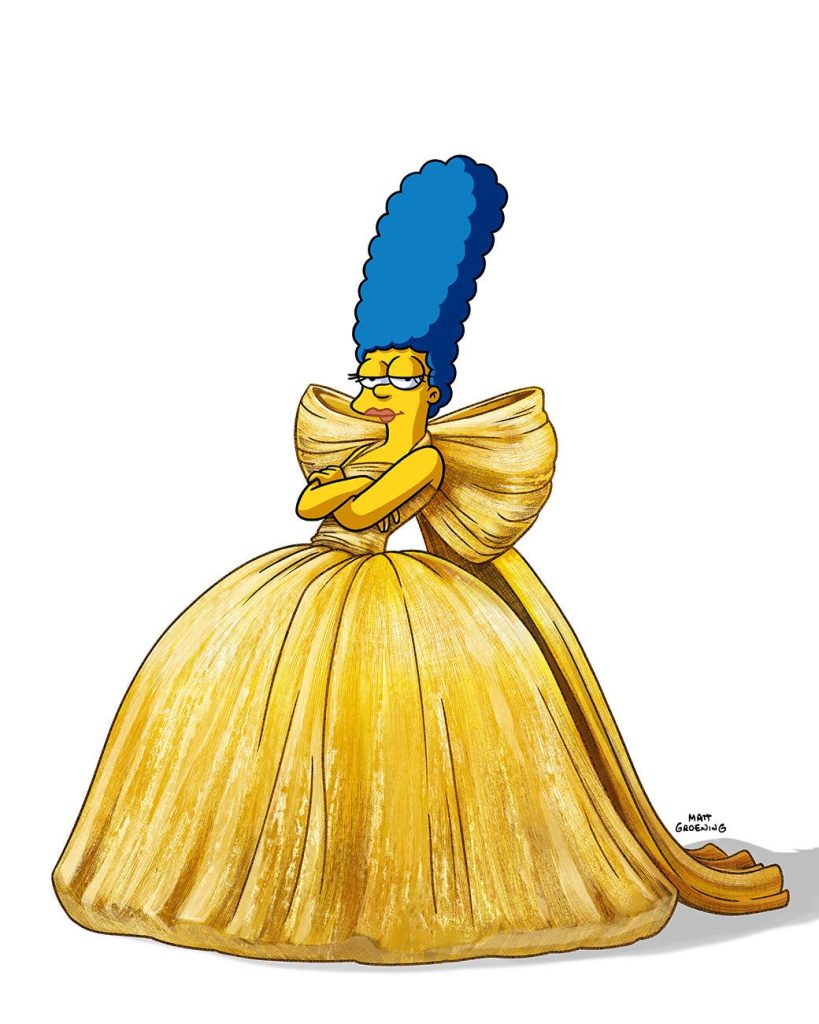
Me, too, Mr. Gvasalia, me, too. Read the whole article here, and watch the short here on YouTube.
Next up, a type of Deus ex Machina, from On The Media:
Human aspirations for technology are vast. One day, maybe we’ll develop technologies that cure cancer. Rid us of viruses. Perhaps fix that pesky climate change. Even, deliver us from death altogether…. But is the increasing belief in salvation through technology just religion in new clothes? Meghan O’Gieblyn is the author of the book God, Human, Animal, Machine: Technology, Metaphor, and the Search for Meaning. This week, Brooke asks O’Gieblyn about the shared assumptions of Christian creationists and transhumanist tech leaders, the flawed metaphor of the mind as a computer, and the relationships of humans to the machines we build.
I suppose most of us want something to e believe in, even if it means skipping the Apostles in favor of Algorithms. Staying on the subjects of art and deity, let’s go to Medium for a post by Kamna Kurti on some of the ugliest paintings of Baby Jesus- and why they became such a thing during The Renaissance.

Source — Wikimedia
The European renaissance art movement lasted from the late 12th to the early 15th century. Paintings, sculptures, and architecture emerged as a distinctive style in this era.
When it comes to the paintings, at first glance, it looks like the artists didn’t really do any justice to the babies. These babies have very strong male features, some have male pattern baldness, others have a strong muscular body.
In the Italo-Byzantine style, the focus on Jesus had been his suffering on the cross and his divinity.
From the Renaissance era onwards, Church started taking an active part in the social and cultural aspects of society. Beginning with art, the Church commissioned painters to paint portraits of babies and children. Also, they didn’t want just any other baby — they wanted the baby, Jesus.
…
The arts of that era wanted to depict that Jesus was a human and a god at the same time.
The idea was that Jesus was perfect and fully formed from birth. Christian faith throughout Europe was that God is immutable and unchanging.
The idea behind this depiction is to take away one’s emotional response to the baby. Instead, the viewer is drawn into the more important understanding of the action of God in becoming human.
Therefore, in paintings to come, he remained unchanged throughout his life and hence appears to look like a shrunken man.
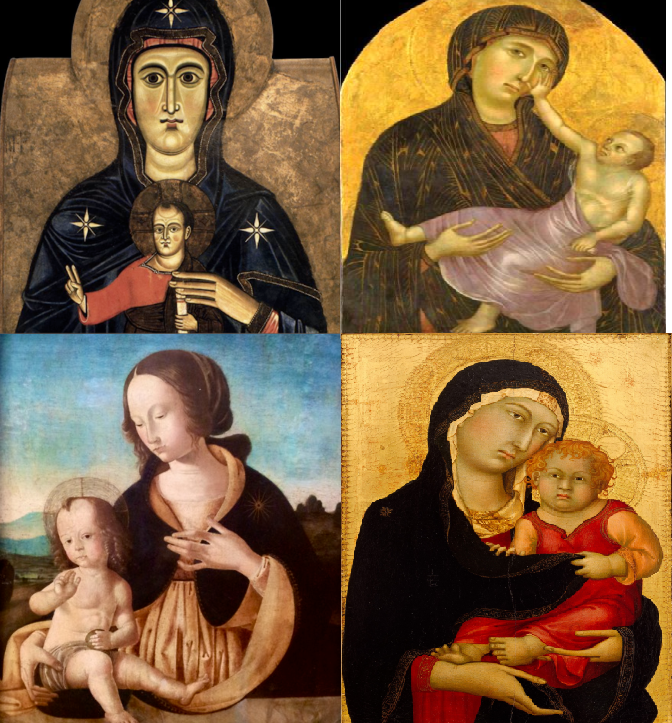
Source — Wikimedia
Check out the whole post here. So while I find these paintings hideous, beauty is definitely in the eye of the beholder. What one person loves, the next person may absolutely loathe. That’s why I try to stay clear of most reviews until after I’ve watched a movie or TV show, or have read a book. I want to go in as clear-headed as possible. Although, I am receptive to the Reader-Response Theory of criticism- so much so that I want to stress that “as possible”. Anyway, let’s go back to The New York Times for a story by Jennifer Harlan about how in the past, some of their critics trashed novels that went on to become classics:
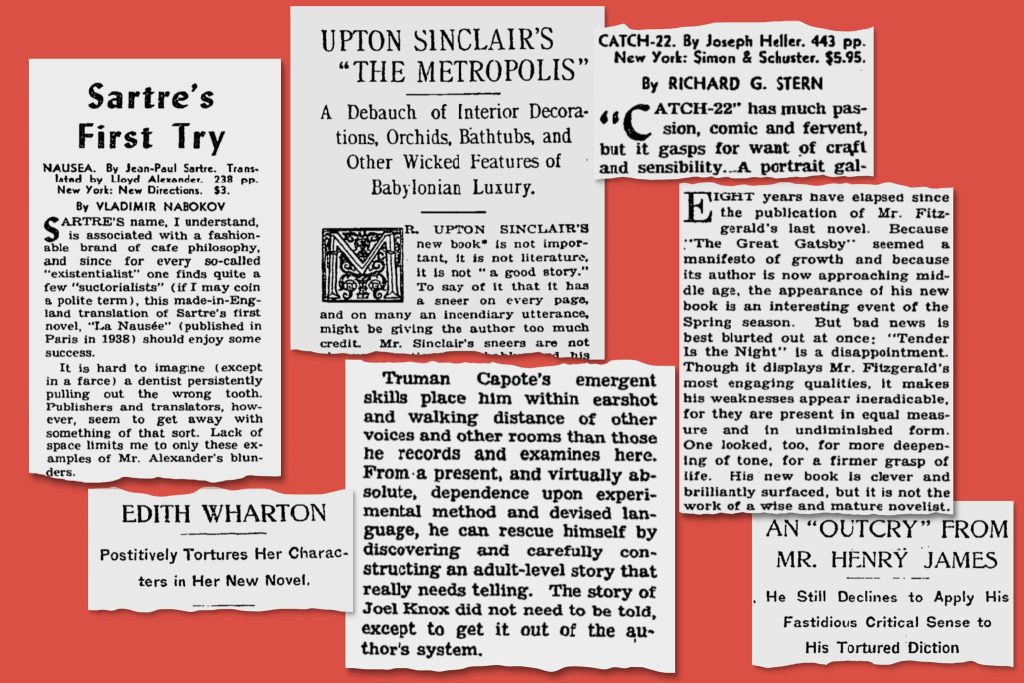
In the fall of 1901, Gustavus Hindman Miller, a department store owner in Chattanooga, Tenn., was preparing to embark on a new chapter: life as a first-time author. Mr. Miller knew the impact a favorable review from The New York Times could have on the fortunes of a writer, so he wrote to the paper’s publisher, Adolph S. Ochs, in hopes of establishing some good will for his project — a more than 600-page volume titled “What’s in a Dream?”
“Before requesting the publishers to send a copy to you,” Mr. Miller wrote, “I would like to have your assurance that it will receive a friendly notice.”
Mr. Miller had reason to be wary. Even then, a review from The Times could seal the fate of a book, and, if the reviewer did not like the work in question, they could be ruthless. Reviews at the time were not signed — The Times didn’t start requiring bylines on them until 1924 — and writers could use the cloak of anonymity to be as brutal as they wished.
In his response to Mr. Miller, Mr. Ochs was sympathetic, but firm. “In such matters, as you will readily understand, I do not interfere: in fact cannot do so without totally demoralizing our organization,” he wrote. “Our high standing as to the literary character of The Times is due to the utmost freedom given for the honest expression of the opinion of the writers.” (The Times did review Mr. Miller’s book — albeit in a brief, and not very flattering, piece.)
Once reviewers began putting their names on their critiques, there was incentive for their assessments, even when negative, to be more nuanced. But that hasn’t stopped the Book Review from panning books it deemed failures — some of which have gone on to become beloved classics, curriculum staples and capital-G “Great Works” of literature.
…
“Aside from a certain cleverness — which, being all in one key, palls on one after going through a hundred pages of it — there is little in this offering to make it stand out from the ruck of mediocre novels which make far less literary pretension. As for the story itself, it is painfully lacking, both in coherency and narrative interest.” Unsigned, June 13, 1920
“Bad news is best blurted out at once: ‘Tender Is the Night’ is a disappointment. Though it displays Mr. Fitzgerald’s most engaging qualities, it makes his weaknesses appear ineradicable, for they are present in equal measure and in undiminished form. … His new book is clever and brilliantly surfaced, but it is not the work of a wise and mature novelist.” Reviewed by J. Donald Adams, April 15, 1934
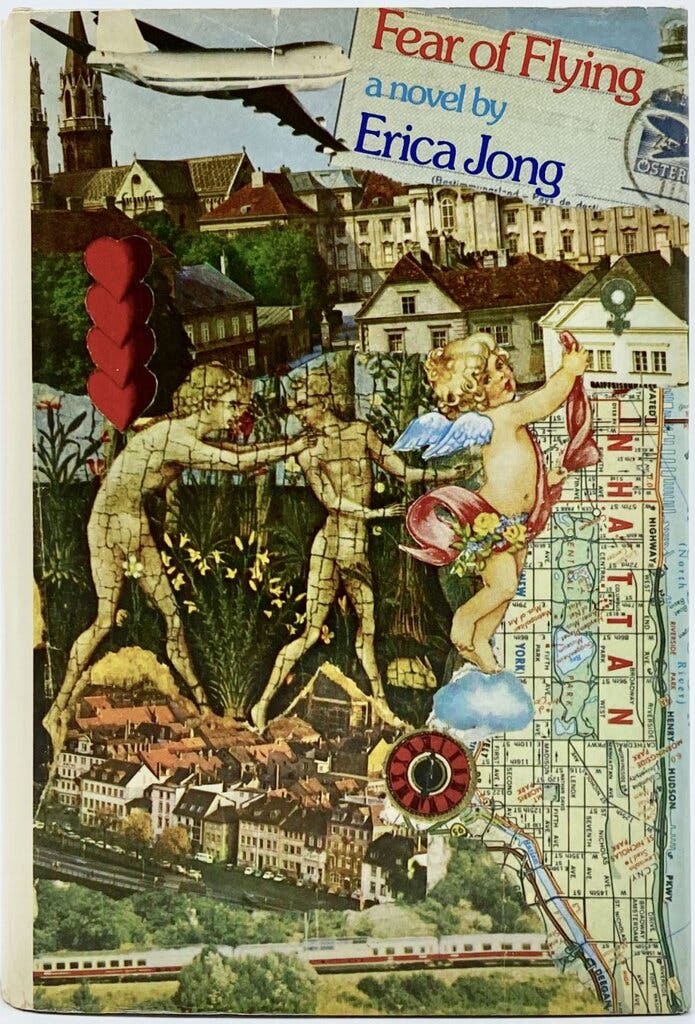
“There is some great humor in the book, but often Isadora’s condescension and self-consciousness reduce the experience for the reader. Adrian says insightfully, ‘You and Bennett do seem to whine an awful lot.’ It is the whining that gets in the way of this otherwise energetic, bawdy, well-conceived first novel.” Reviewed by Terry Stokes, Nov. 11, 1973
Read the whole list here. And our song for the day is Adele’s latest, “Easy on Me”. Have a great week. <3



